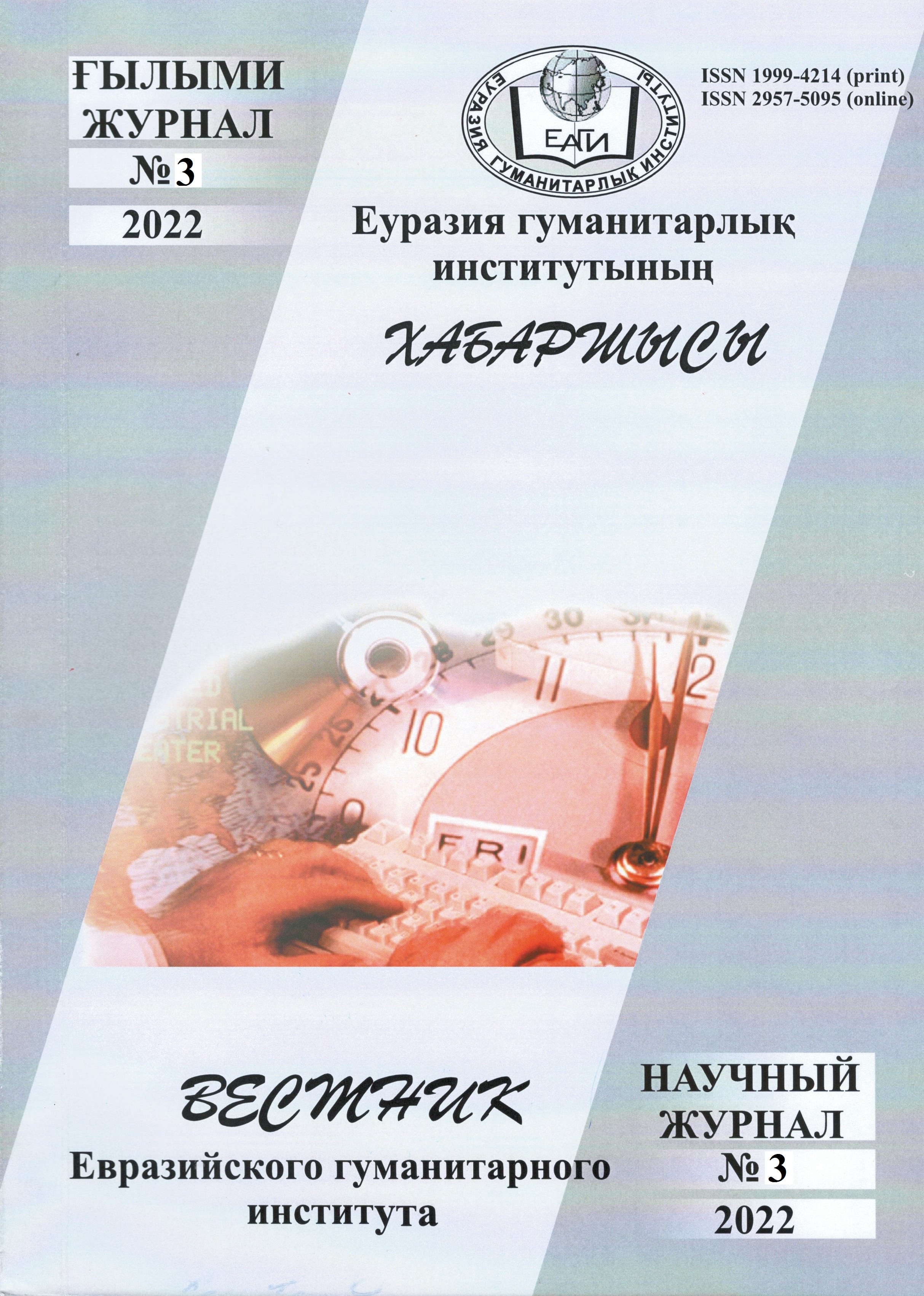«ДАСТӮР АЛ-‘ИЛĀЖ» ТРАКТАТЫНДАҒЫ ХАЛЫҚ ЕМШІЛІГІ – МЕДИЦИНАЛЫҚ АНТРОПОЛОГИЯ КӨЗҚАРАСЫМЕН
Аңдатпа
Соңғы ғасырда әртүрлі халықтардың тарихымен біте қайнасып келе жатқан медициналық танымын, емдеу дәстүрлерін, тәжірибелері мен білімдерін әлеуметтік-мәдени тұрғыда зерттейтін ғылыми пән кешені – медициналық антропология кең ауқымда дамып келеді. Бір кездері этномедицина саласында қарастырылған халық медицинасы енді пәнаралық антропология мен медицина арасында өз арнасын тапқан медициналық антропология ауқымында қарала бастады. Кез келген ғылыми пәннің дамуы сияқты, медициналық антропология да жыл санап жан-жақты дамып, зерттеу ауқымы кеңейіп келеді. Нәтижесінде ол медицина мүддесі үшін де, оған тікелей байланысы жоқ басқа да салаларда да жүргізілетін ғылыми зерттеу кешеніне айналды. «Медициналық антропология» термині зерттеушілер тарапынан әрқандай ұғымда түсіндірілсе де, оның зерттеу объектісі – жергілікті мәдениет және нақты бір интеллектуалдық контекст екенін ғалымдар бір ауыздан мойындайды.
Мақалада «Дастӯр ал-‘илāж» ортағасырлық медициналық мұрасы арқылы онда кездесетін түркі халықтарының емшілік өнері мен негізгі тіршілік көзі болған төрт түліктің емдеу дәстүріндегі алатын орны жайы талқыланады. Аталған шығарманың шағатай және парсы тілдеріндегі нұсқаларында кездесетін мәліметтер негізінде денсаулық сақтау және ауруды емдеу мәселелерінің ортағасырлардағы әлеуметтік-мәдени түсініктері жайлы ой толғаймыз. XVI ғасырдың алғашқы жартысында жазылған бұл шығармада үй жануарлары мен жабайы аңдарды емшілік дәстүрінде кең қолданғаны, олардың өтін, қанын, сүйегін т.б. өнімдерінен дәрі-дәрмек дайындағаны жайлы қызықты мәліметтер мол. Бұл мәліметтерді мақалада этнографиялық материалдар ретінде ғана емес, медициналық антропология саласындағы құнды деректер ретінде кең ауқымда қарастыруды жөн санадық.
Түйін сөздер: ортағасырлық медициналық жазба мұра, «Дастӯр ал-‘илāж», медициналық антропология, этномедицина, халық медицинасы, төрт түліктің халық медицинасындағы орны, түйе, жылқы


